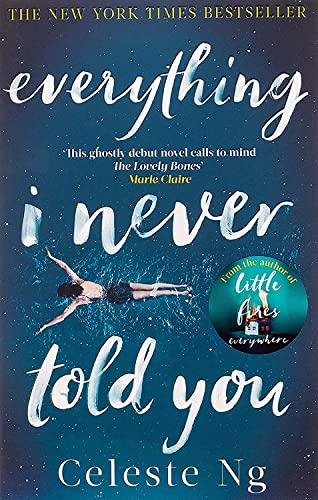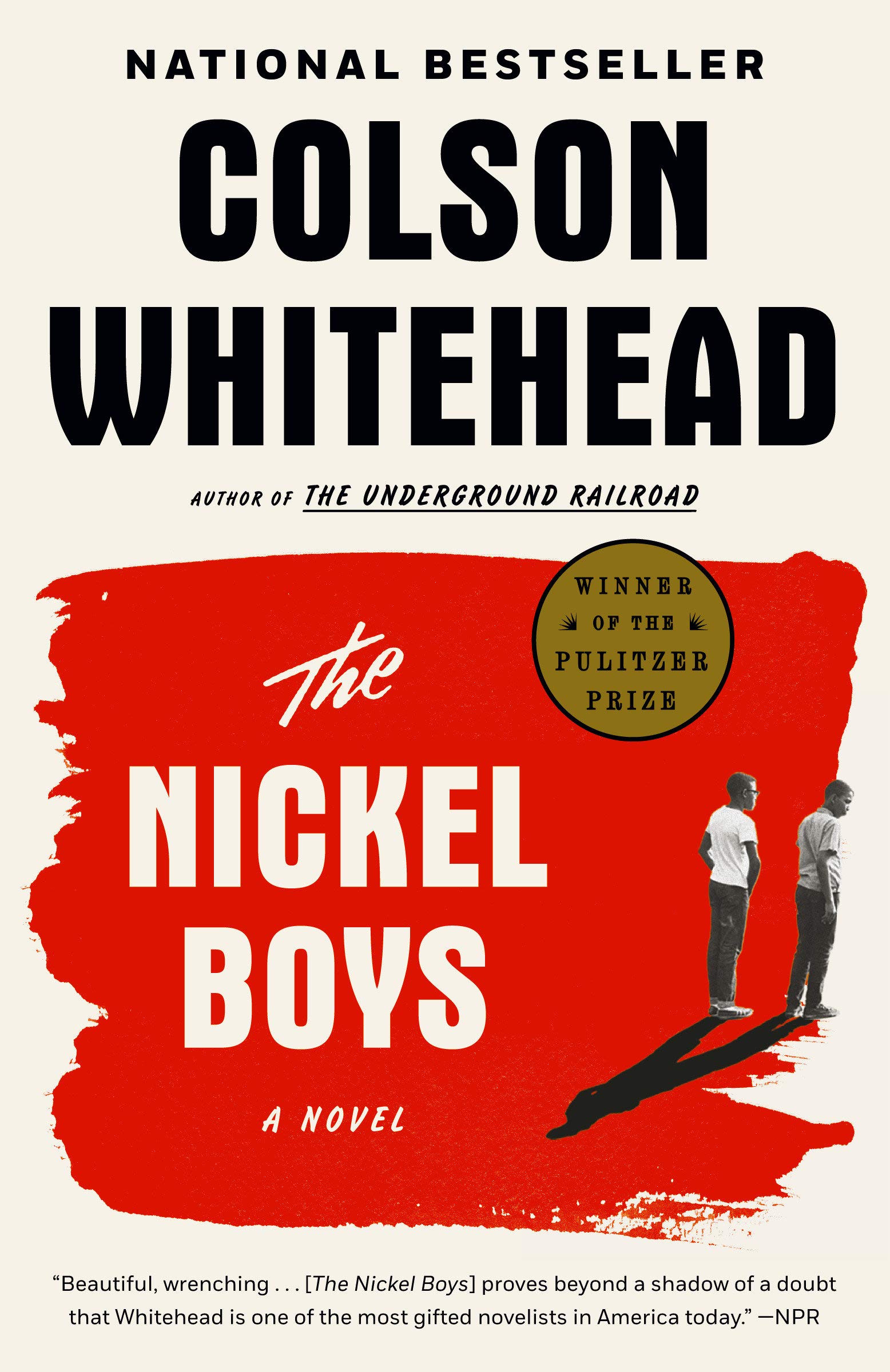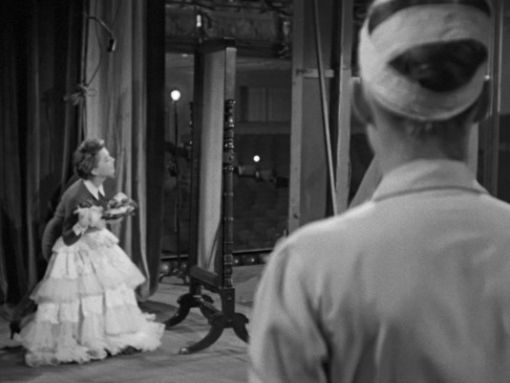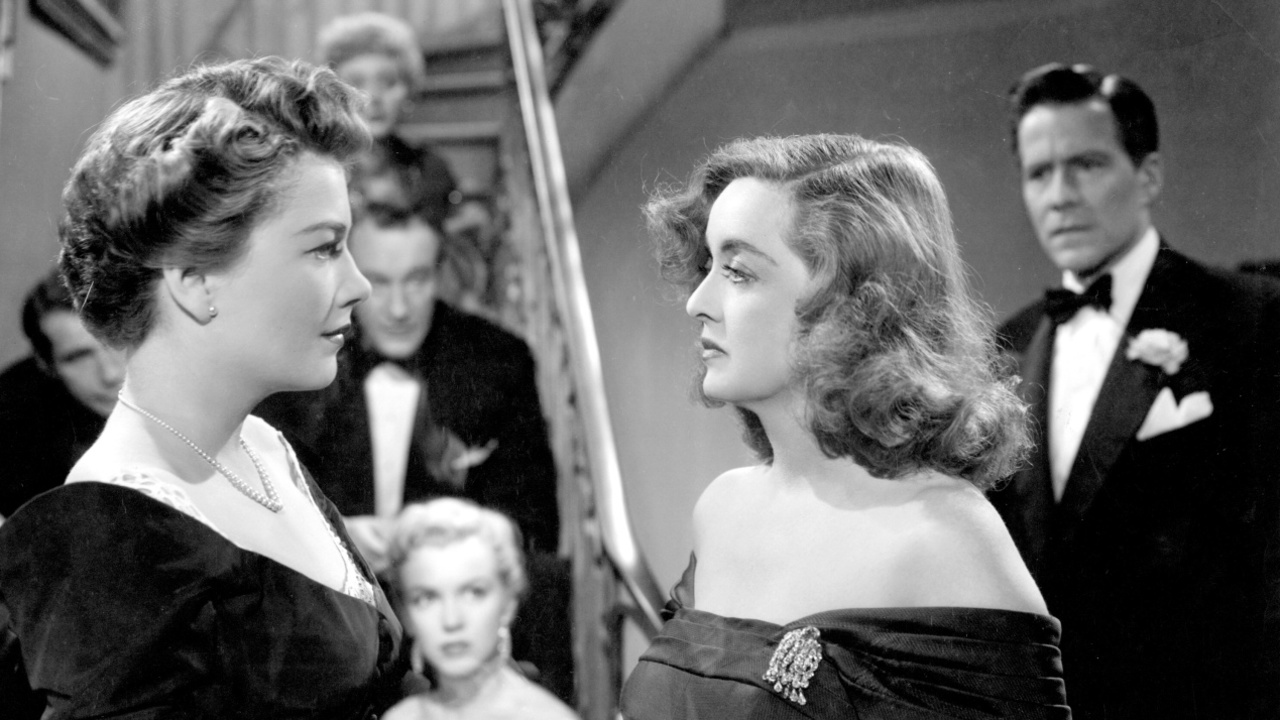Spoiler alert: I’m going to discuss the beginnings and endings of Celeste Ng’s novel Everything I Never Told You, Colson Whitehead’s The Nickel Boys, and the classic 1950 film All About Eve, screenplay by Joseph L. Mankiewicz. I won’t give away the ending of Ng’s novel specifically, in terms of what happens in the story, but I will give away the beginning of the novel, what I see as the major theme of Ng’s novel, and the way the family’s character arc is resolved. I’m going to give away the beginning of Whitehead’s novel. You may wish to avoid reading further if you haven’t yet enjoyed these books. Readers, I’m completely spoiling All About Eve—you’ve had 73 years to watch it.
So, beginnings and endings. I often coach my writers to pay attention to the way story beginnings and endings tie together in some way. They don’t always literally tie together, although they might. There are many ways they can be connected. I’m going to give you three examples of ways story beginnings and endings can be tied together to make a story more meaningful and impactful. I’m sure you can come up with many more great examples, and I’d love to hear them.
 Theme: A great example of a story beginning and ending that are connected thematically is Celeste Ng’s Everything I Never Told You. In the first chapters, we are introduced to a family whose members don’t communicate with one another. They keep secrets from one another. They tell lies. They hide their true feelings from one another. They will do anything to avoid confrontation. The family is a character in and of itself, and it has its own character arc of change. The family’s lack of communication leads to tragedy, and in the wake of the tragedy, it threatens to break the family apart. At the end of the novel, the family members have begun to open up to one another, and readers are able to see how this communication helps the family begin to heal.
Theme: A great example of a story beginning and ending that are connected thematically is Celeste Ng’s Everything I Never Told You. In the first chapters, we are introduced to a family whose members don’t communicate with one another. They keep secrets from one another. They tell lies. They hide their true feelings from one another. They will do anything to avoid confrontation. The family is a character in and of itself, and it has its own character arc of change. The family’s lack of communication leads to tragedy, and in the wake of the tragedy, it threatens to break the family apart. At the end of the novel, the family members have begun to open up to one another, and readers are able to see how this communication helps the family begin to heal.
Tip: This novel is also a great example of character agency and cause-and-effect trajectory.
 Q&A: Another way to look at it is that the beginning of a story poses a question, and the ending answers that question. Colson Whitehead’s The Nickel Boys opens in the 2010s–the prologue reveals that, during a construction project, the skeletons of murdered children are found on the site where the Nickel Academy, a reform school for juvenile delinquent boys, once stood. An investigation ensues, including attempts to identify the bodies and to track down former inmates of the reformatory. Chapter One then starts in the 1960s and tells the story. I won’t spoil the ending of Colson Whitehead’s breathtaking novel The Nickel Boys, but I will tell you that it answers the questions posed in the novel’s beginning: What happened at the Nickel Academy in the 1960s? Who murdered those children? And who are those children who were murdered?
Q&A: Another way to look at it is that the beginning of a story poses a question, and the ending answers that question. Colson Whitehead’s The Nickel Boys opens in the 2010s–the prologue reveals that, during a construction project, the skeletons of murdered children are found on the site where the Nickel Academy, a reform school for juvenile delinquent boys, once stood. An investigation ensues, including attempts to identify the bodies and to track down former inmates of the reformatory. Chapter One then starts in the 1960s and tells the story. I won’t spoil the ending of Colson Whitehead’s breathtaking novel The Nickel Boys, but I will tell you that it answers the questions posed in the novel’s beginning: What happened at the Nickel Academy in the 1960s? Who murdered those children? And who are those children who were murdered?
Tip: This novel is also a great example of when and how to use a prologue. The prologue of The Nickel Boys reveals the plot’s high stakes and creates tension that carries forward throughout the novel.
Bookends: The bookended beginning and ending is done to perfection in the classic 1950 film All About Eve. I watched the movie a couple of weeks ago, and I was delighted by the way the beginning and ending of the film mirror one another, both literally and figuratively.
In the beginning of the film, viewers meet Margo Channing, a celebrated star of the theater, played by Bette Davis (those eyes!). Outside the theater, the playwright’s wife, Karen Richards (Celeste Holm), meets a young woman who’s a superfan of Margo–her name is Eve Harrington (Anne Baxter), and she’s seen every single performance of Margo’s play. Karen kindly introduces Eve to Margo. Eve quickly worms her way into Margo’s life, but Margo begins to distrust her, especially when she sees Eve holding Margo’s costume up to herself in a full-length mirror and pretending to take a bow for an imaginary audience.

As Margo famously says in the film, “Fasten your seatbelts, it’s going to be a bumpy night!” Eve’s psychotic behavior escalates, and she eventually reveals her true colors–she’s after Margo’s career. In the end, Eve gets what she wants and becomes a Broadway star.
All About Eve ends with Eve returning home after being honored at an awards banquet. She’s on her way to Hollywood the next day. Eve finds a young fan waiting for her, Phoebe (Barbara Bates), who’s snuck into Eve’s room. Phoebe immediately goes to work making herself useful to Eve. At the end of the scene, we see Phoebe answering the door to Addison DeWitt (George Sanders), the drama critic who took Eve under his wing. Phoebe admits to Addison that Phoebe is not her real name, lies to Addison and says that Eve is sleeping, lies to Eve about who was at the door, and then tries on Eve’s elegant full-length cloak and admires herself in a three-paneled mirror, holding Eve’s award and bowing to an imaginary audience. The mirror’s panels reflect one another, casting infinite images of Phoebe extending into the depths of the mirror and creating a literal mirror that never ends. Without a word being said, viewers realize Eve is about to get her commeupance.

Little known fact: All About Eve was based on a 1946 short story by Mary Orr called “The Wisdom of Eve,” published in Cosmopolitan magazine. Orr also wrote a follow-up story, “More About Eve.” I’m trying to track them both down.

